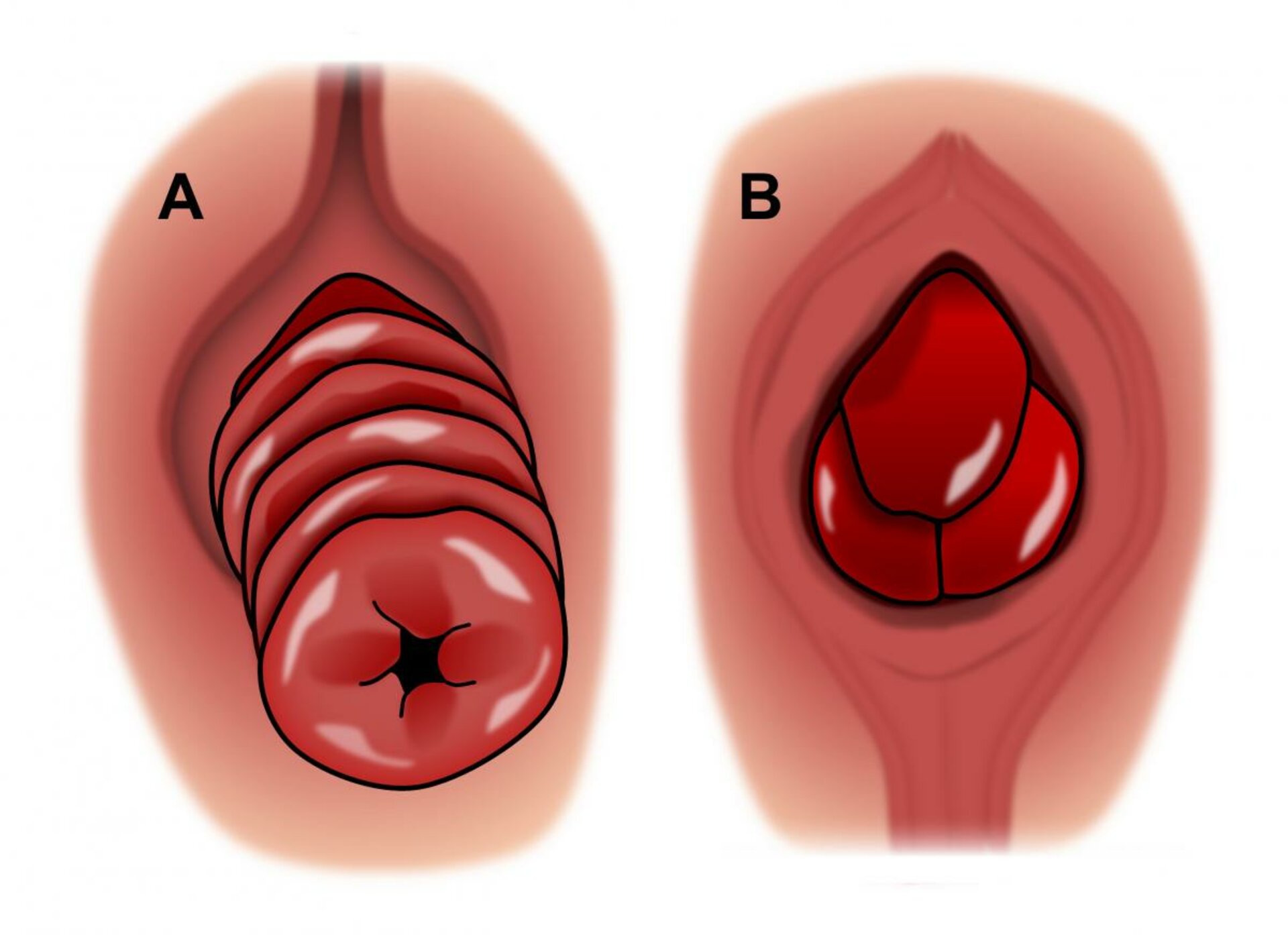Prolapse Rectal | Dr. Hina Khan
Rectal prolapse is a medical condition in which the rectum starts to push through the anus. The rectum is the last part of your large intestine, and the anus is the opening through which stool exits your body.
Rectal prolapse affects about 2.5 out of every 100,000 people. Women over age 50 are six times more likely than men to have this condition. Sometimes rectal prolapse is suspected, but the problem is actually a serious case of hemorrhoids.
Rectal prolapse can range from mild to severe. Mild cases can often be treated without surgery. Severe cases may require surgery.


Types of rectal prolapse
There are three types of rectal prolapse. The type is identified by the movement of the rectum:
- Internal prolapse. The rectum starts to drop but has not yet pushed through the anus.
- Partial prolapse. Only part of the rectum has moved through the anus.
- Complete prolapse. The entire rectum extends out through the anus.
Symptoms
The symptoms of rectal prolapse tend to come on slowly. The first symptom you’ll notice is the feeling that there is a bulge at your anus. It may seem as though you are sitting on a ball.
With a mirror, you may be able to see a reddish-colored bulge peeking through or actually extending out of your anus.
Sometimes during a bowel movement, a small part of the rectum will emerge but may retreat on its own or be easily pushed back into place.
Normal physical activity, such as walking, sitting, and exercising, may also cause part of the rectum to push through your anus. At first, it can be returned to its proper location by hand.
If rectal prolapse worsens, there could be bleeding from the inner lining of the rectum. In cases of partial or complete prolapse, you may have trouble controlling liquid or solid bowel movements and gas from your rectum.
Chronic constipation occurs in 30 to 67 percent of people with rectal prolapse, and about 15 percent experience diarrhea.